More Panel and Electrical
Added 1/15/2006 - 1564.5 approx. Total hours (1353.2 By Me)Today's pages added (this one and an interior) are being posted together. I've made it over 100 hours in the past 2 weeks, and although I feel bad for neglecting the page and the photos, it is helping me get things done a bit faster as I'm staying up late in the garage, rather than on the PC. Happy to say Christmas and New Year's came and went, and even more wonderful for this year is that the winter temps have been in the 30's most of the time, which is absolutely astonishing. It's saving me tons of heating cost. It's getting really exciting at this stage. The panel is now all lit up and it actually all communicates as far as I have been able to test so far. Almost none of the units are configured yet, but seeing them work together is a thrill. I'm going to have a ton of good info that will be useful to others with similar panels, as I did all of the integration myself and learned what hooks up to what, and how they talk. One nice piece of equipment in my panel is the Ack A30 Mod 8 altitude encoder. I encourage people looking for an encoder to look at that one. It allows 2 serial, and one Grey code output, which comes in really handy if you have a GNS480 and an SL30. I didn't use Grey code, but the serials make the wiring a piece of cake.
One cool thing that I found out about in the process of this build is ANL style fuses, and where to get them. If you follow the Z-diagrams from Aeroelectric, you'll notice that most electrical schematics aren't designed with large B-Lead breakers. Originally I bought a 70A breaker to go with my 70A alternator. I had it mounted in the panel, on the sub panel, accessible, but not on the front of the panel. It would be more of a thing to reset it in an emergency only. Well, I got to thinking about it... I have an aux battery (a photo is below, and it's now wired and works fantastic...4 batteries, in a series/parallel arrangement) and it will keep things running for a long time after the alternator dies. In addition, my main battery is an Odyssey PC925, which will also give me a good long time of operation after an alternator failure. So, why bother with a breaker. If the breaker blew in flight, would it even be safe to reset anyway? So then I decided to go ANL on the fuse. They come in many sizes, including 60A and 80A. I bought 2 60's and 1 80. I think the 60 will work great for my purposes, and it should blow before my alternator would ever be overloaded. If you see any charts on the ANL's they actually won't blow right at their rated amperage for a while, so it's probably best to undersize them anyway, unless you're going to be in hot environments. At any rate, ANL fuses can be bought from B&C, but I found them much cheaper from all sorts of other sources. They're apparently common among audiophiles. Look for names like Stinger, AudioPipe and more. They also have cooler fuse holders than B&C. This one will accept 4GA wire without a crimp end on it, and it even has a see-through plastic cover to it. I ended up mounting it to my firewall on the inside of the plane. I later changed one of the connecting wires out, since I added a looped Hall-Effect Amp meter right next to this fuse holder. For Chelton users, you might want to know how to add Amps to your plane. You need to send your EIS6000 back to GRT for a software and hardware upgrade, that gives you 2 more Aux channels. They won't be displated on the Chelton, but then you can add an amp probe and label it "AMPS". They also apparently sell a different fuel pressure sender, a nice stainless commercial grade one, to many Chelton owners, so I splurged and bought that one too. It doesn't use a 4.8V excitement, but uses the 12V excitement that is also used by the Flo-Scan fuel flow sensor. There's a photo below.
In a couple of these shots you can see some photos of my fuse blocks and my Ack Encoder, mounted to my subpanel. There are now also things actually mounted to the forward side of my subpanel as well. There's a LOT of stuff in my panel, and finding space meant being creative. (my B&C 48 tab grounding block only has 5 or 6 spots left as of today) The Chelton interconnect harnesses require some good behind-the-panel space.
Speaking of Chelton harnesses, see below for a photo of an opened-up Chelton supplied J1 harness, and right next to it you'll see the J1 harness that I made, using only the wires that were actually required. That's the hardest harness to make, so you can tell it's really not too bad at all. (The interconnect harnesses have many more wires, but are easy to make) After wiring this all, I would not want to pay much for a wiring harness...especially pre-assembled, as you want the ones you pull through the airframe to be without end connectors on them anyway.
Also below you'll see a legacy piece of equipment I built for a different plane. It's a completely isolated DC-DC converter that allows you to provide exactly 9V output for ANR headsets, and have it be filtered and isolated from the rest of the aircraft power system. When you buy the (personally highly recommended) ANR headset uprade kits from Headsets Inc., these DC-DC converters are something you can buy for each location to provide power to the headset. I didn't want to buy one for each seat, so I built a master unit. It worked well for a couple years, so I added it here as well. I also just got myself 2 pair of Bose Aviation X headsets, and 4 jacks for permanent installed power. After wearing these at OSH, I knew I had to have them. They also work on the same 9V source, even though it says 10-32V on their input.
One very nice thing I found with adding that extra layer of aluminum for the switch bar at the bottom of the panel, is that it made it easy to add a couple more switches and silkscreen them, without tearing out the panel. It also makes the panel flush all the way from top to bottom. Glad I did that.
In addition, I finally got all my EGT/CHT probes terminated, and I installed the heater system SCAT tubes. There's still a small amount of engine related stuff to do (mostly electronic ignition related) but not too much. I've also decided that I'm going to use my surplus stock (from long ago) of 1.25" SCAT tube to make a nice vent hose that blows on the heater control boxes and in the area of my fuel pump. That should help cool the firewall, fixing the "hot tunnel" problem that you may have read about. Basically, the engine and exhaust heat, greatly enhanced by the cabin heater system, combine to warm your firewall excessively, making it hot by your feet. I plan to insulate the firewall on the inside too, so this problem will hopefully be a non-issue for me.
One other WAY cool thing you should check out is the RV-10 interior available from Abby at Flightline Interiors. Go to today's Interior page (just posted from 12/30/05) to see the interior as fit in my plane. More info on that page...
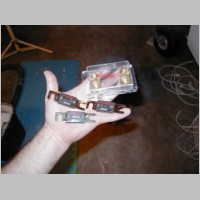
|
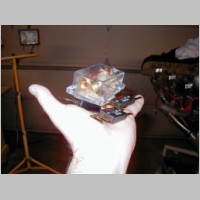
|
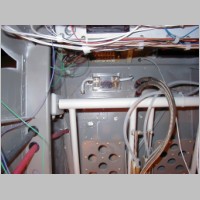
|
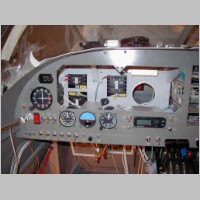
|
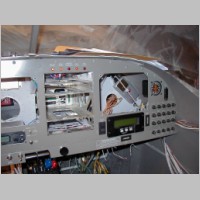
|
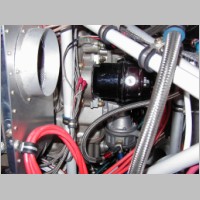
|
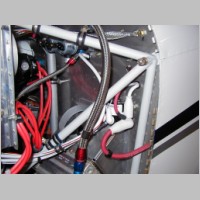
|
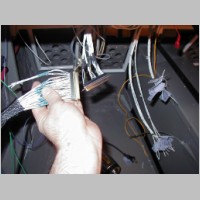
|
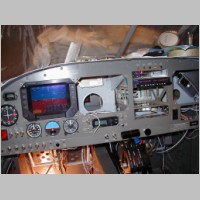
|
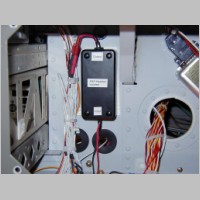
|
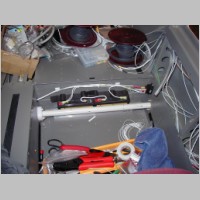
|
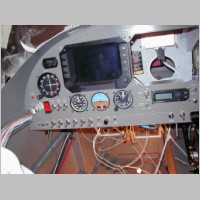
|
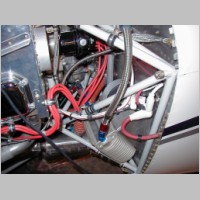
|
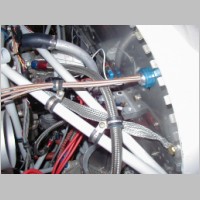
|
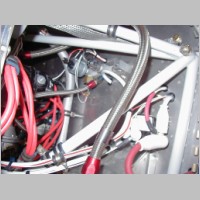
|
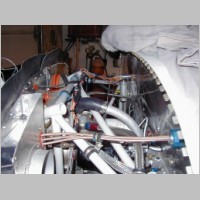
|
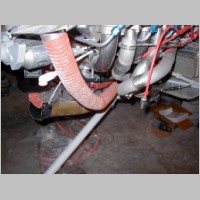
|
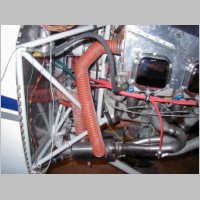
|
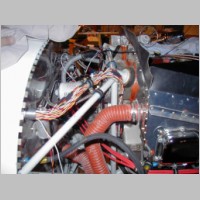
|
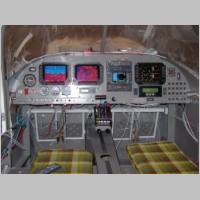
|
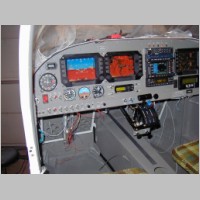
|
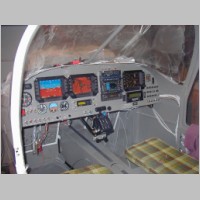
|
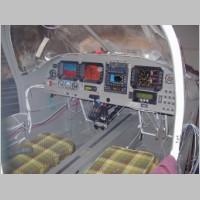
|